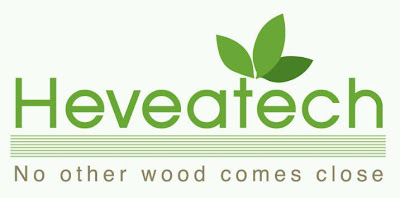 |
| Queen Termite |
Owing to their wood-eating habits, many termite species can do great damage to unprotected buildings and other wooden structures. Their habit of remaining concealed often results in their presence being undetected until the timbers are severely damaged and exhibit surface changes. Once termites have entered a building, they do not limit themselves to wood; they also damage paper, cloth, carpets, and other cellulosic materials. Particles taken from soft plastics, plaster, rubber, and sealants such as silicone rubber and acrylics are often employed in construction.
Humans have moved many wood-eating species between continents, but have also caused drastic population decline in others through habitat loss and pesticide application.
Termites are commonly viewed as pests in many countries, because of the damage they can cause to structures and similar nuisances. In April 2011 wood-eating termites were blamed for reportedly consuming more than $220,000 worth of Indian rupee notes.
Precautions:
- Avoid contact of susceptible timber with ground by using termite-resistant concrete, steel, or masonry foundation with appropriate barriers. Even so, termites are able to bridge these with shelter tubes, and it has been known for termites to chew through piping made of soft plastics and even some metals, such as lead, to exploit moisture. In general, new buildings should be constructed with embedded physical termite barriers so that there are no easy means for termites to gain concealed entry. While barriers of poisoned soil, so-called termite pretreatment, have been in general use since the 1970s, it is preferable that these be used only for existing buildings without effective physical barriers.
- The intent of termite barriers (whether physical, poisoned soil, or some of the new poisoned plastics) is to prevent the termites from gaining unseen access to structures. In most instances, termites attempting to enter a barriered building will be forced into the less favourable approach of building shelter tubes up the outside walls; thus, they can be clearly visible both to the building occupants and a range of predators.
- Timber treatment.
- Termite pre-treatment.
- Use of timber that is naturally resistant to termites such as Syncarpia glomulifera (Turpentine Tree), Tectona grandis (Teak), Callitris glaucophylla (White Cypress), or one of the sequoias. Note that there is no tree species whose every individual tree yields only timbers that are immune to termite damage, so that even with well-known termite-resistant timber types, there will occasionally be pieces that are attacked.
++++++++++++++++++++++++++++++++++++++++++++++++++++++++
With Heveatech latest structurally superior Laminated Veneer Lumber engineering and advanced proprietary wood impregnation technology. The primary concerns of wood structural stability, durability and insect infestations are no longer a concern.

Wood for external use was traditionally dominated by few species of solid hardwoods known for its durability and may be derived from non-sustainable sources. However these hardwoods are still prone to issues of stability, durability and pest infestations during its life of usage.
Heveatech is the long awaited solutions to these issues by surpassing all major parameters of dimensional stability, structural integrity, durability and pest infestations, where no other wood comes close.
Heveatech is the long awaited solutions to these issues by surpassing all major parameters of dimensional stability, structural integrity, durability and pest infestations, where no other wood comes close.
You might also like:



